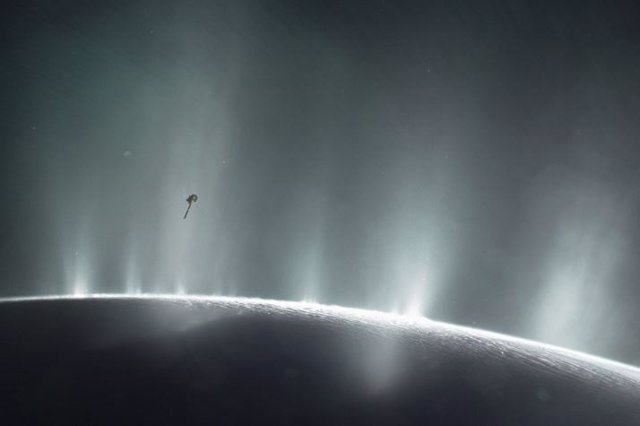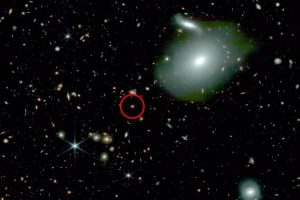23 Feb. () –
The geysers observed in the south polar region of Saturn’s moon Enceladus are explained by currents coming from its rocky core and which They rise through the ocean under its icy crust.
This is the conclusion of a new study led by scientists at UCLA (University of California Los Angeles), which shows that the process is determined due to tidal heating that occurs inside the planet.
This produces currents that carry the mysterious silica detected in deep-sea hydrothermal vents observed at the surface.
NASA’s Cassini spacecraft found substantial amounts of hydrogen gas in the plumes, which, together with the silica, present convincing evidence of hydrothermal activity on the ocean floor. The theoretical model devised by the UCLA-led team reinforces that hypothesis by demonstrating a plausible time frame for the process. and a convincing mechanism that would explain why the plumes contain silica.
The new model shows that friction heats the ocean floor enough to create a current that carries silica particles to the surface.
The model would also help explain why other materials are transported to the surface, together with the silica particles.
“Our model further supports the idea that convective turbulence in the ocean efficiently transports vital nutrients from the seafloor to the ice shell,” he says. it’s a statement Emily Hawkins, study author and former UCLA student who is now an Assistant Professor of Physics at Loyola Marymount University.
On Earth, similar hydrothermal vents harbor a multitude of fascinating organisms that feed on the minerals they release.
In the future, spacecraft could collect more data that will allow scientists to further study the physical and chemical properties of Enceladus’ possible hydrothermal vent systems. To determine whether those vents could support life, scientists would have to analyze the plumes for chemical traces of biological activity, known as biosignatures; the new study offers some guidance that should help in the search for such biosignatures.
NASA’s plans for the next decade include missions that would fly by, orbit and land on Enceladus to gather more information. The UCLA-led team plans to develop additional models that could help shape those mission plans.
The research was published in Communications Earth & Environment.








![[Img #74161]](https://thelatestnews.world/wp-content/uploads/2024/10/Exploring-Codere-Key-Features-and-Highlights-150x150.jpg)


![[Img #74161]](https://thelatestnews.world/wp-content/uploads/2024/10/Exploring-Codere-Key-Features-and-Highlights-300x200.jpg)
